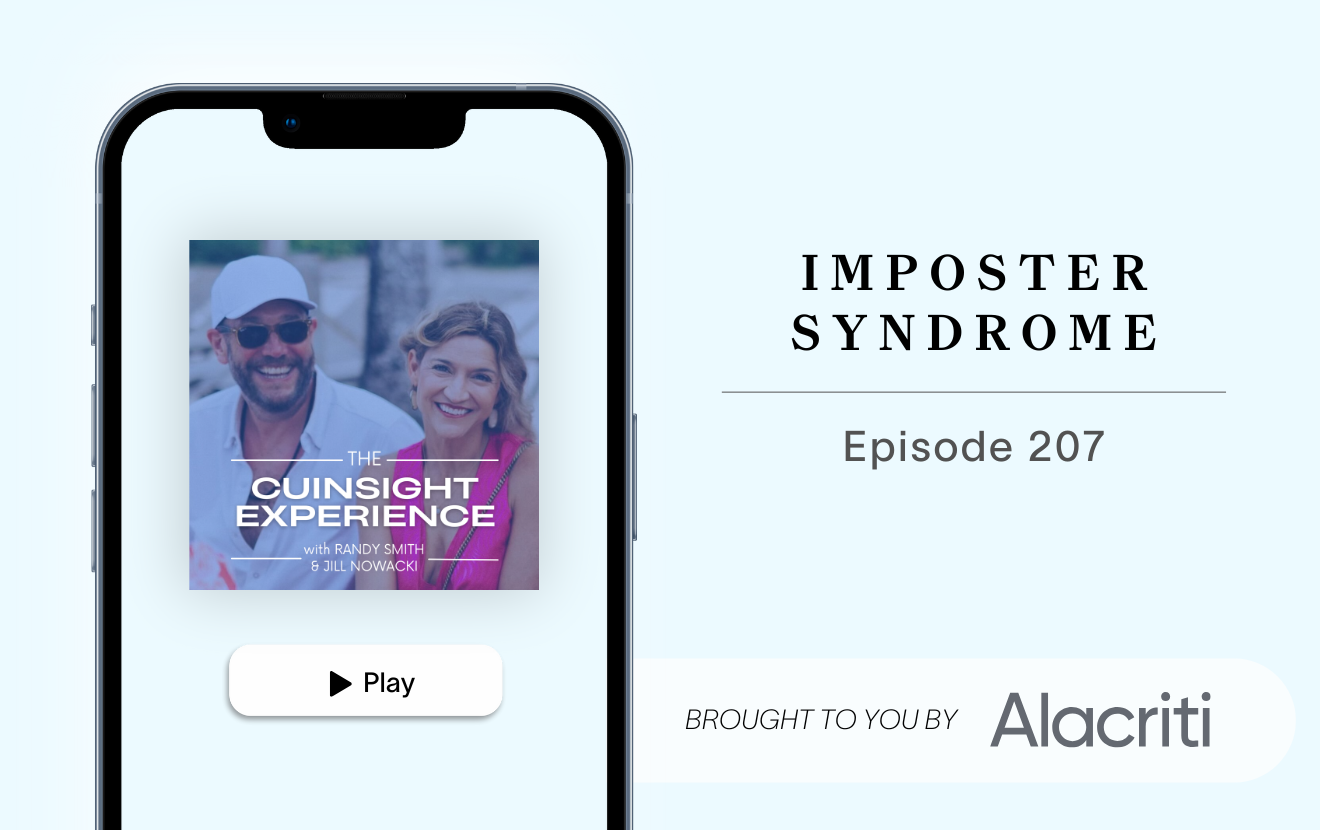More and more, credit unions and financial institutions are beginning to recognize and embrace their role as financial educators. You are no longer simply the provider of checking accounts, credit cards, and auto and home loans; your members are looking to you to answer their most pressing finance-related questions.
We talk a lot about the importance of credit unions finding a way to break past thecompetitionby moving beyond low rates and offering their members realvalue.Quite frankly, where your members are concerned, a rate is a rate is a rate. If all you are offering is a low rate auto loan, they will jump ship the moment they get a direct mail piece from the dealer down the street offering a percentage point less.
Financial literacy is an area—an area that you are quite knowledgeable in—where you can add enormous value to your members' financial lives. Your members may not know how much money they should be saving each month to build a comfortable retirement, or the difference between a term and whole life insurance policy and which one is right for them. Maybe they are in the market to buy their first home, but aren't aware of the ins and outs of the homebuying process. Tack on the complexities of the various loan programs available, and you'll really cause a headspin. According to the2014 Consumer Financial Literacy Survey, 73% of adults saidthat they could benefit from advice and answers to everyday financial questions from a professional. Clearly, there is a need for financial education;by providing your members withfinancial education, they will turn to you as their trusted source of valuable information.
Furthermore, when your members are well-versed in financial literacy, it helps your bottom line. How, you ask? Financially educated members maintain more robust account balances and higher credit scores, and understanding the importance of valuable insurance products may lead to them making the investment. So, how can you develop the kind of robust financial literacy program that your members want and need? Keep reading to find out how!
Implementing a Financial Literacy Program
Self-Service Is the Name of the Game
You probably know this by now. While having excellent customer service and personal, in-branch banking options are still vital, offering your members the flexibility to make payments is critical. Give your members the ability to make payments online or via interactive voice response, or ensure that you have multiple ATM locations available across your footprint. And, please, please, please consider mobile options, as they are key to reaching your growing member base that prefers the ability to self-serve.Millenials,in particular, demand self-serve options. The best way to accomplish this is to create an accessible library on your website and/or online banking portal. The library of resources could be split into key topics, based on the help your members could be seeking, such as:
- Debt Management
- Budgeting and Saving
- Buying a Home vs. Renting
- Buying a Car
- Credit
- Taxes
- Paying for College
- Saving for Retirement
- Insurance
Within each topic, you would include relevant, easy-to-understand resources, such as tip sheets, guides, calculators, short videos, tutorials, and any other items that your members mayfind valuable. Giving your members 24/7 access to the information they need, and the ability to digest it at their own pace, on their own time.
Content is King
Whether you choose to produce a newsletter, e-newsletter, or launch a blog, getting valuable content in front of your members is a great way to help build your financial literacy program. Content gives you another educational touch point with your members, and adding acall-to-action to the end of each article or blog post, directs them back to your website or into your branch to inquire about the products and services you provide.
The key to producing valuable content—the kind of content that your members will read, share, and engage with—is to make sure it is the kind of information that your members want. What are some of the questions that your loan officers get asked the most? What kind of issuesdo your borrowers seem to encounter most often? By simply doing an audit of the questions and concerns that your staff finds themselves answering most often, you will see that you already have a repository of content ideas in your arsenal.
Host Events
While self-serve financial literacy options are key, don't completely discount good ol' fashioned, face-to-face interaction! You could host educational sessions or have a guest speaker on a Saturday morning, and invite your members to join you for a continental breakfast and an opportunity to learn about "FILL IN THE BLANK." Thislow-cost event couldprovide phenomenal value to your members, and reinforce the fact that you care about their financial health, and have their best interest at heart--deepening your relationship. Hosting these type of educational events could be particularly successful if geared toward children, and made into a fun family event.
Protecting and Preserving Wealth
An important part of providing your members with financial literacy is in turn providing them with the products and services they need to help them be financially sound. Sure, they can go to an agent or advisor for their investment or asset protectionneeds, but doesn't it make more sense for them to purchase these valuable products from you—their trusted and knowledgeable credit union? Once you've educated your members on how to build their wealth, it's important to offer them life insurance products that can protect their families and preserve their wealth.
SWBC can give your credit union the ability to provide valuable insurance products and services to your members. To learn more about these customized, turnkey programs, clickhere.







